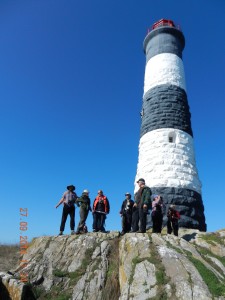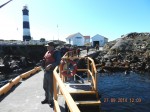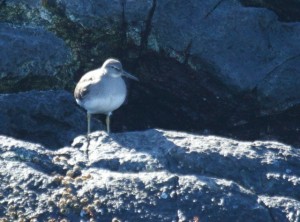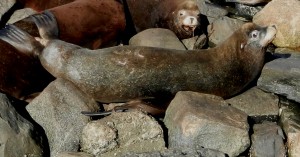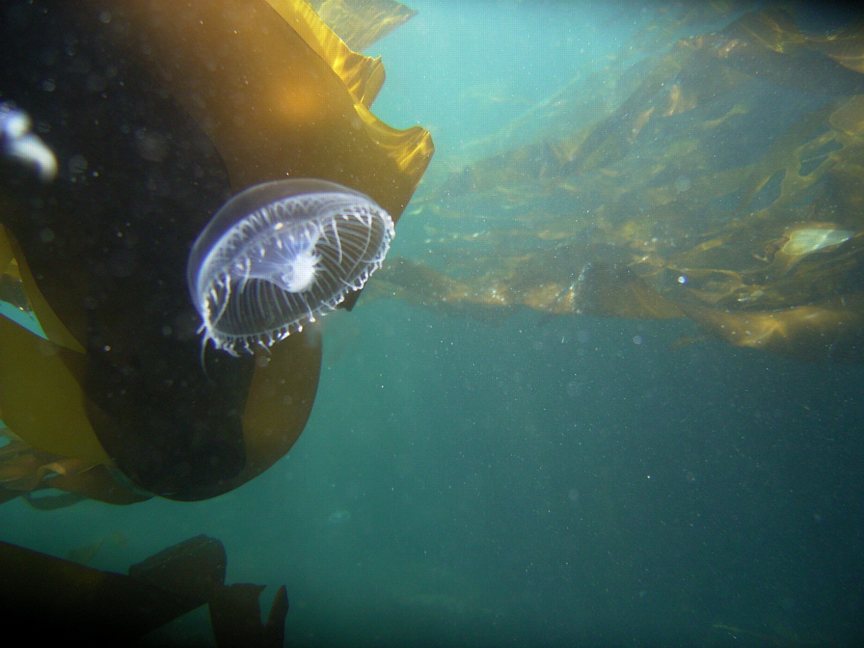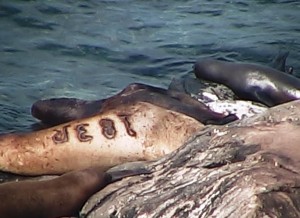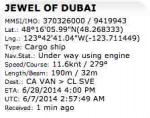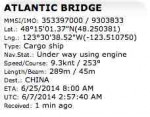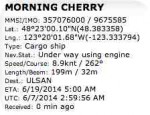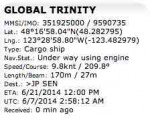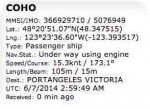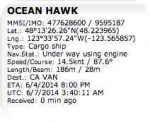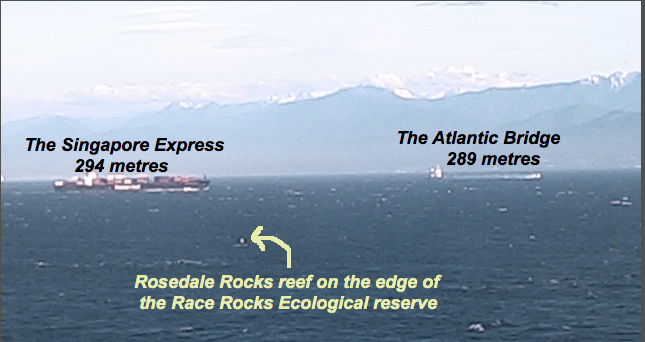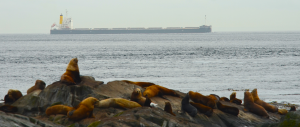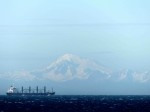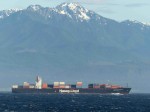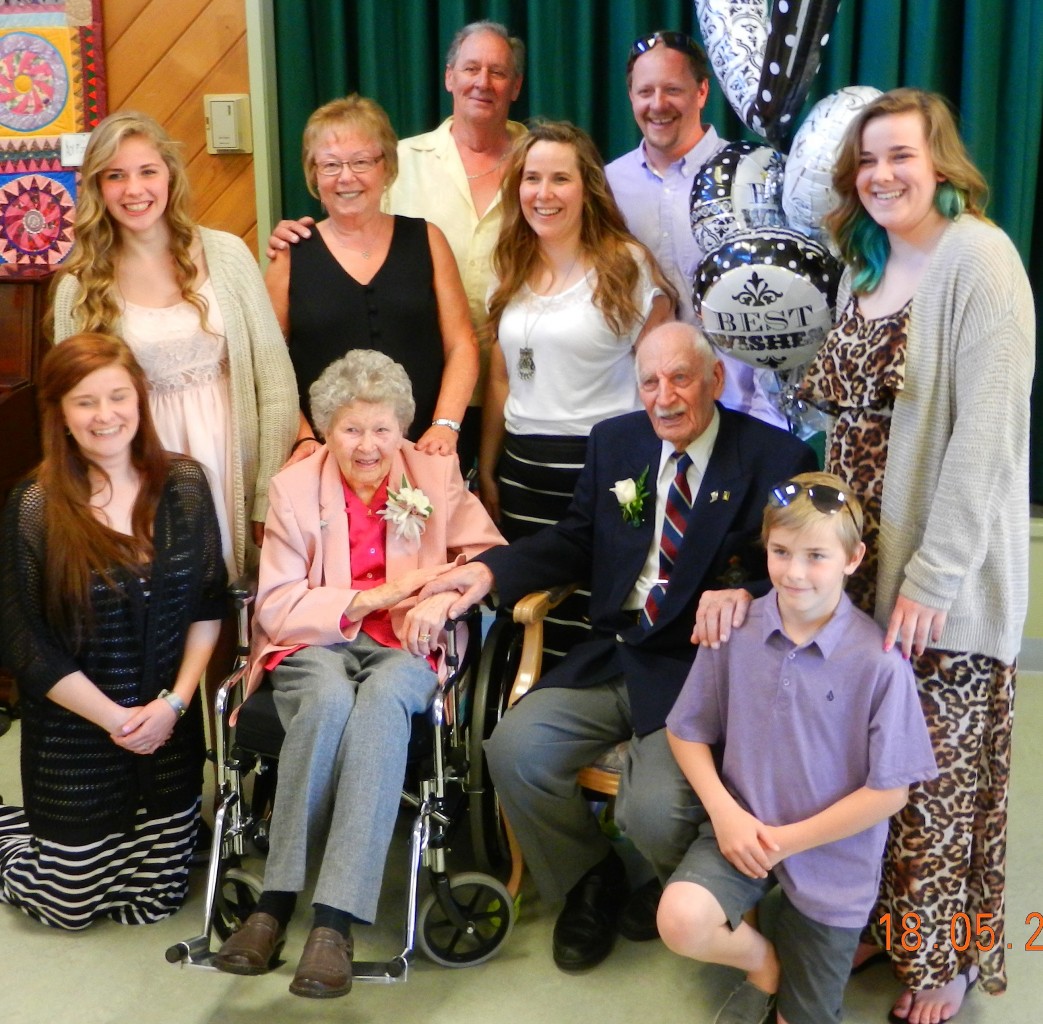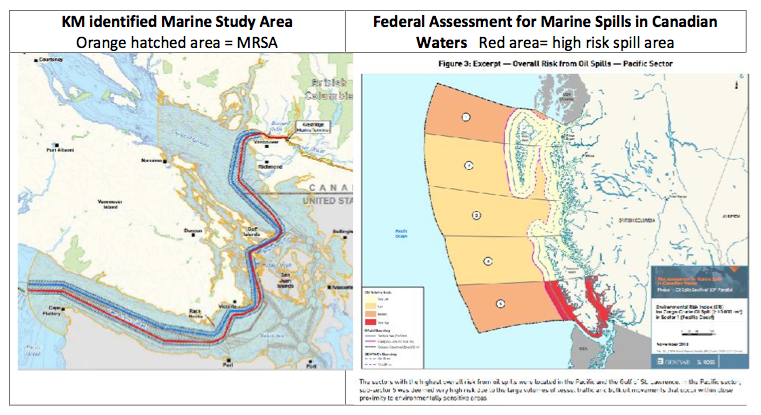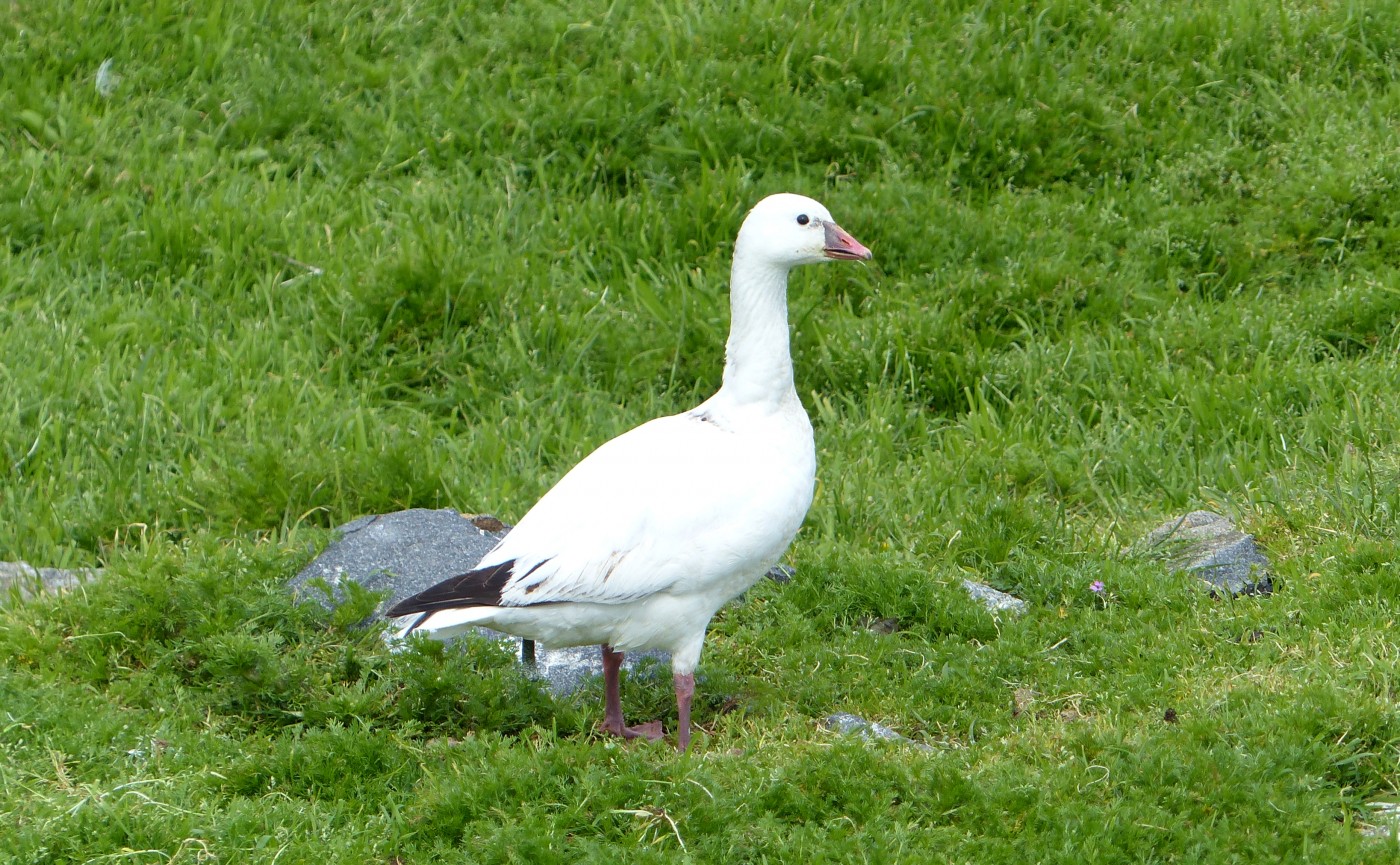Thanks to the participants of the VNHS Field Trip today and especially to Daniel Donnecke for tabulating this detailed bird census list.
For the boat crossing between Pearson College and Race Rocks, Daniel and the group on the boat made the following observation:

American Pipit–Anthus rubescens photograph by Daniel Donnecke
4 |
Greater White-fronted Goose |
|---|---|
11 |
Canada Goose |
2 |
Harlequin Duck |
17 |
Surf Scoter-(-east-bound) |
42 |
Brandt’s Cormorant |
8 |
Double-crested Cormorant |
18 |
Pelagic Cormorant |
25 |
cormorant sp. |
10 |
Turkey Vulture- (-distant, ketteling) |
16 |
Black Turnstone |
2 |
Dunlin |
1 |
Western Sandpiper |
1 |
Short-billed Dowitcher |
2 |
Common Murre-(-low number, most alcids closer to Vancouver Island) |
1 |
Rhinoceros Auklet-(-low number, most alcids closer to Vancouver Island) |
41 |
Heermann’s Gull |
1 |
Western Gull |
110 |
California Gull |
1 |
Herring Gull |
25 |
Thayer’s Gull |
36 |
Glaucous-winged Gull |
85 |
gull sp. |
8 |
|
6 |
Savannah Sparrow |
1 |
Song Sparrow |
For other images of the species above see the Race Rocks Taxonomy

